初詣を英語で説明しよう

- 参拝
- お賽銭
- お守り
- 絵馬
Hatsumode is the first visit to a shrine or temple in the new year. It’s an important Japanese New Year tradition where people pray for good health, fortune, and peace for the year ahead and express gratitude for the past year.
初詣は、年が明けてから初めて神社や寺院に参拝することです。新しい年の始まりに、一年の無事と平安を祈願したり、感謝の気持ちを捧げたりする、日本のお正月の大切な行事です。
In front of the main hall, people perform “two bows, two claps, one bow” (at shrines) or put their hands together in prayer (at temples) to express gratitude for the past year and pray for health, happiness, and good fortune.
本殿の前で、二礼二拍手一礼(神社の場合)または合掌(寺院の場合)をして、一年の感謝を述べ、健康や幸せなどを祈願します。
People often put money in the offertory box as a way to show their appreciation to the gods. There isn’t a fixed amount that everyone must give, but many people select specific amounts that they believe are lucky. For example, some choose to offer 5 yen, hoping it will help them build good relationships, while others might offer 50 yen, wishing for even stronger connections.
賽銭箱にお金を入れて、神様や仏様への感謝の気持ちを表します。金額は決まっていませんが、5円(ご縁がありますように)や50円(ご縁が深まりますように)など、語呂合わせで縁起を担ぐ人もいます。
People draw Omikuji (fortune slips) to tell their fortune for the year. These slips contain various fortunes ranging from “great blessing” to “curse,” offering insights and advice for the year ahead.
運勢を占うために、おみくじを引きます。「大吉」「吉」「中吉」「小吉」「末吉」「凶」など、様々な運勢が書かれており、その年の運勢やアドバイスを知ることができます。
People receive amulets (Omamori) for protection and to fulfill specific wishes. There are various types of Omamori, such as those for love, academic success, and good health.
願い事を叶えるため、また、災いから身を守るためにお守りを授かります。恋愛成就、学業成就、健康祈願など、様々な種類があります。
People express their wishes by writing them on wooden plaques called Ema and offering them to the gods. In the past, actual horses were given as offerings, but now it’s more common to simply write wishes on these plaques.
絵馬に願い事を書いて奉納します。絵馬は、もともと神様への奉納物として馬を奉納していたことに由来しますが、現代では、絵馬に願い事を書いて奉納するのが一般的です。
いかがでしたか?
現在、公式LINEの登録でこちらをプレゼント中です。この機会にぜひご登録ください🎵
※プレゼント内容は変更になる可能性があります、ご了承ください。
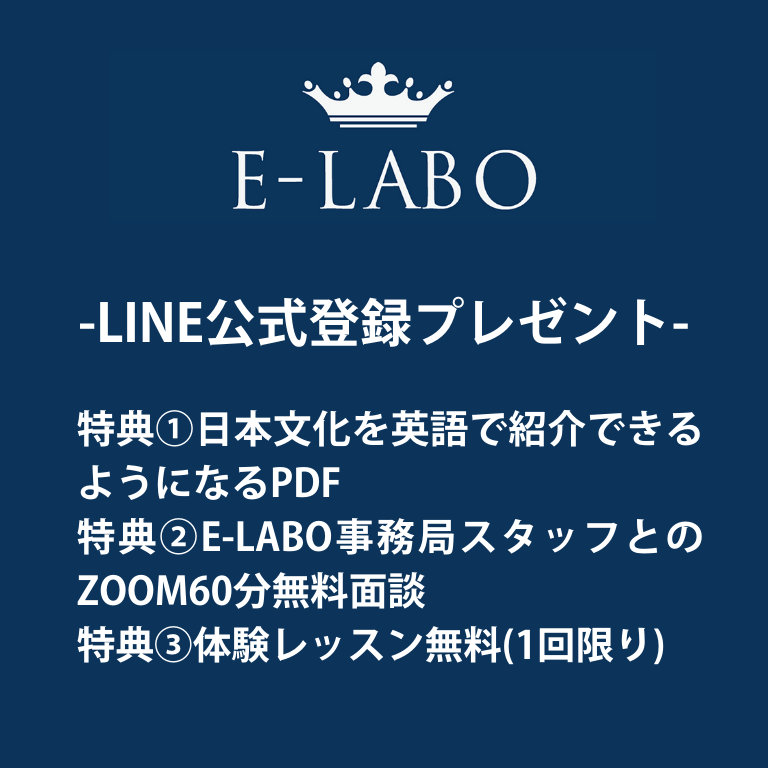

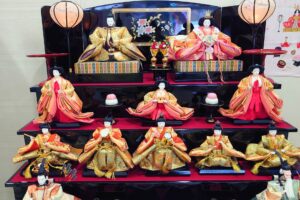
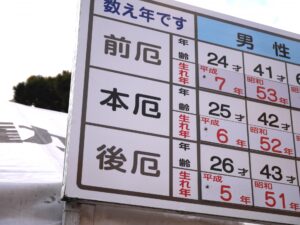
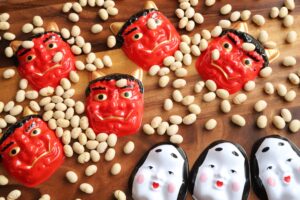
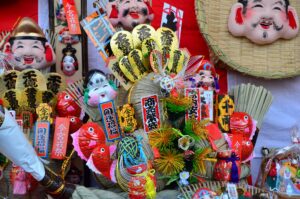
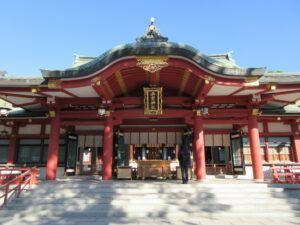
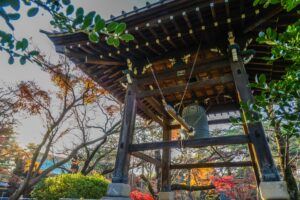
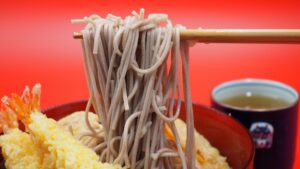

コメント